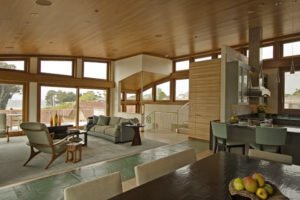
Afromosia Wood is Your Teak Alternative
Enter Afromosia, a strong substitute to handle the overflow of demand for Teak. While one cannot substitute Teak in the boat building world, Afrormosia is an excellent exterior wood for siding and trim, while still keeping the same color palette and feel of Teak for interior work where weather resistance is not paramount.
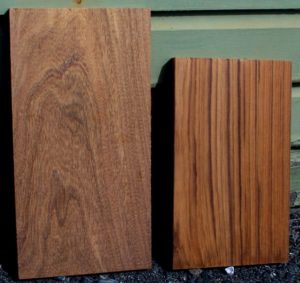
African Teak?
Afrormosia, Pericopsis elata, (also known as Afromosia) grows in West Africa and mostly is imported from Ghana, Cameroon, and Ivory Coast. It is usually marketed at “African Teak” because it has a very similar color and grain appearance. Afrormosia is also a great exterior species with moderate levels of silica much like Teak. To be clear, it is not Teak and is not as superbly resistant to water and the elements. This is actually a good thing because the boat builders can therefore accept nothing less than Teak leaving the Afrormosia market free from competition from the boat industry. Moreover, the muted golden color that Teak achieves after oxidation and UV exposure is readily present in Afrormosia from the saw so waiting for darker streaks to fade isn’t an issue. The hardness and stability are great and milling for flooring, trim, windows, etc goes without a hitch. Afrormosia doesn’t have the same oily feel as Teak so it finishes much easier. In other words, Afrormosia is a great alternative to Teak for the home building market. As a bonus you can expect to pay about half of what you would pay for Teak…for now. (cue ominous music)
Afromosia Hardwood Sustainability
The reality is that the growing demand for Afromosia hardwood has been recognized by CITES and now the species is listed as an appendix II species. This means that while Afromosia isn’t endangered, current trade practices pose a threat to long term viability. So now the trade and harvest of the species is tightly controlled. It does mean that prices have climbed, lead times are longer, and availability is strained. We believe this is the right thing to do and with proper management, one can expect Afrormosia will be taken off CITES. At least that is the goal.
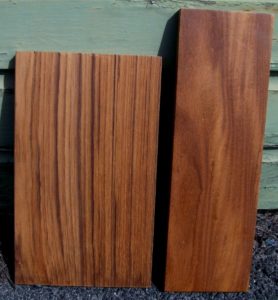
So consider this a kind of tease if you will and a sign of the times. Just when a good alternative is found, the spike in demand can threaten the species making it harder and more expensive to get. I guess the search will continue to now find an alternative to the alternative. The bright side to all of this is that CITES protection has shored up the forestry practices around Afrormosia and made it a generally more valuable species. Prior to the spike in demand, Afrormosia may have been discarded as a by product of another species trade like Sapele, Utile, or African Mahogany. With increased demand and protection, now Afrormosia isn’t being wasted.
Really, Afrormosia continues to be the best solution for a Teak alternative as long s you are not building boats. CTIES regulation may have complicated things a bit, but the species is still available without endangering the resource. So don’t fear using it, just be aware that greater care and lead time may be needed when specifying it in a build project.

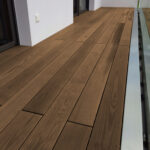
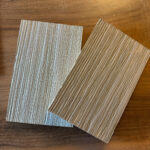
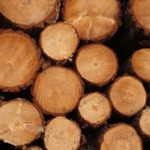
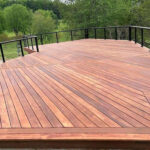
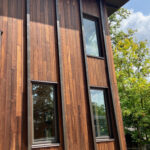
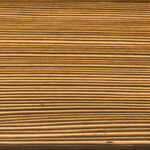


Leave a Reply